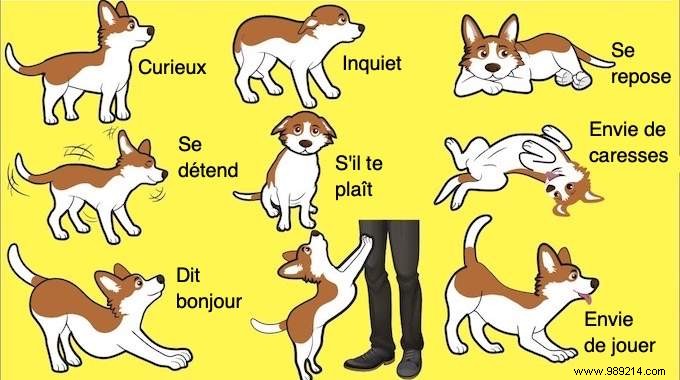
Your furry friend is a boundless source of positivity.
It would just be too stupid not to understand what he is telling you!
Yes, doggies have their own body language too!
Do you want to build a relationship of trust with your dog?
So, understanding dog body language is simply essential .
But how do you decipher what your dog is trying to tell you?
To help you, we have selected these 16 images of canine language, with their meaning.
AND of course, these trainer tricks work on everyone dogs.
So without further ado, here are 16 tips to better understand your dog's language . Watch:

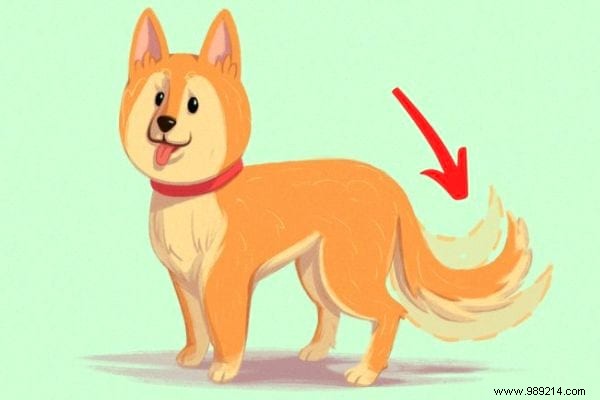
When a pooch holds his tail down, it usually indicates confusion or submission.
If he wags his tail slowly , this is a sign of confusion.
He doesn't understand what you expect of him.
That means he's asking you to take charge, and you tell him what to do!
If he wags his tail quickly , it is a sign of submission.
It's his way of communicating to you that you're the boss.
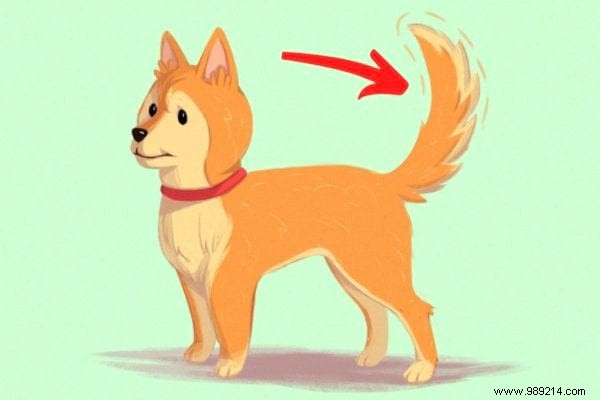
When a dog holds its tail erect, high and straight, it indicates dominance .
This position is often used in front of other dogs, to signal to them that he feels confident.
If your pooch wags his tail slightly in this position, he is challenging your authority.
He's trying to show you that he's in control and that he's the boss!
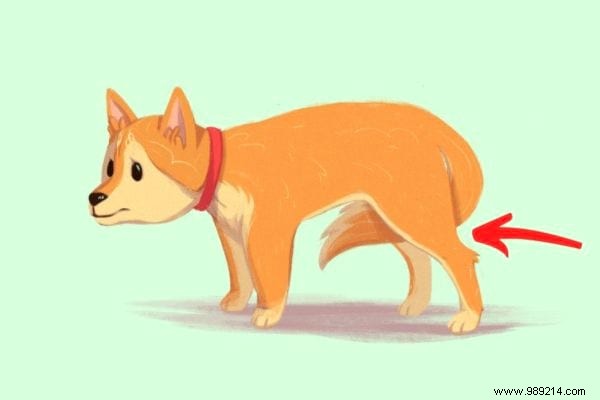
When a dog holds its tail between its paws, it indicates that something is wrong.
More often than not, it simply means he's scared .
Maybe he is apprehensive about pain or just not feeling comfortable.
In this case, he will also have his ears folded back and his body tense and curled up.
If your pooch has his tail between his legs, be very careful.
Indeed, a fearful dog can have unpredictable reactions, even be aggressive.
If yours is in this position often for no apparent reason, take it to the vet.
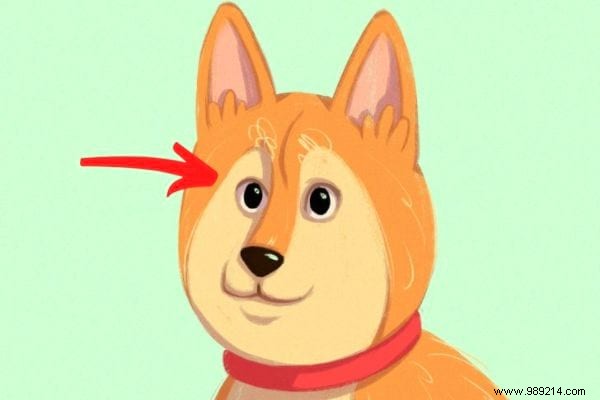
When a dog looks at you with wide eyes, he is trying to get your attention .
Yes, if he has such an intense look, it's because he's expecting a reaction from you.
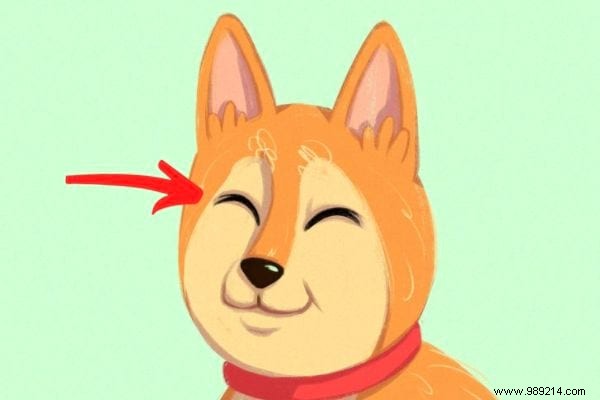
Your 4-legged friend is blinking and squinting ?
It means he really wants to play !
On the other hand, if you find that he blinks a lot, it may be a sign of pain or an eye problem.
In this case, take him to the vet.
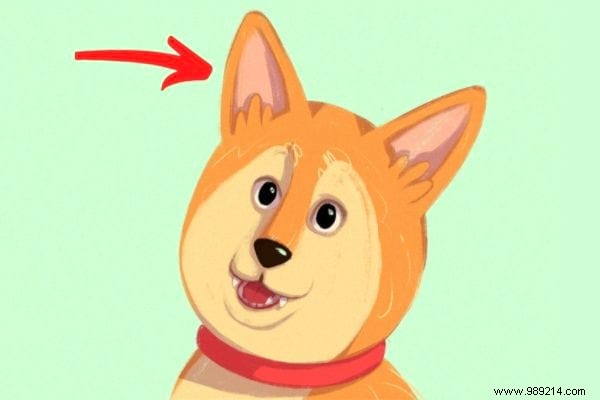
Here, your pooch shows you that he is curious and focused .
This position also indicates that he is very alert and ready to react to a new environment.
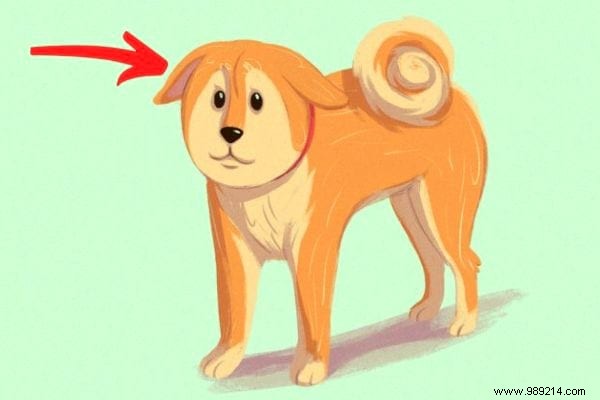
A dog tends to fold its ears when it is afraid or does not feel safe.
Sometimes dogs drop only one ear , usually the left.
That's how they react to people they don't know or are afraid of.
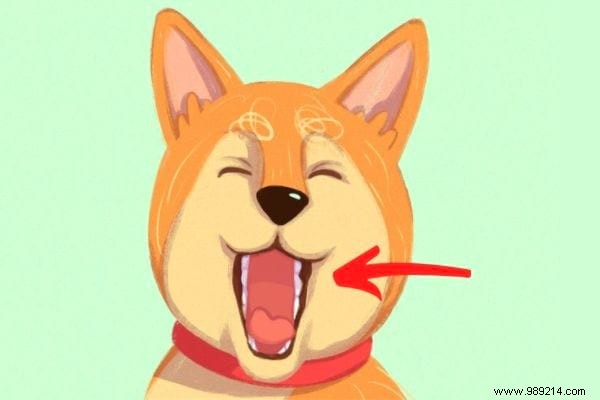
Dogs often yawn when they are nervous or in a conflict situation .
For example, puppies often do this when around big dogs they don't know.
You just yawned and your 4-legged friend is yawning right after you?
It's a sign of attachment:it means that he feels good in your presence.
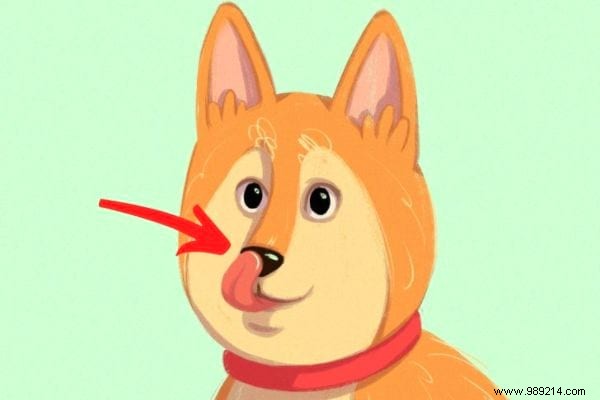
If your pooch licks his nose, it's because he is stressed .
Often this means that he has detected a danger and feels threatened.
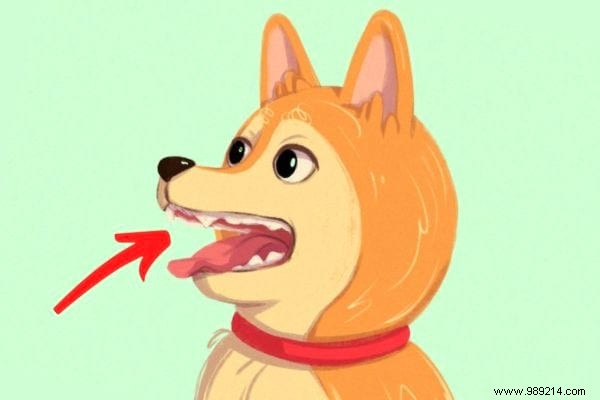
There, it simply means that it protects its territory.
Dogs often do this at mealtime, when they are eating.
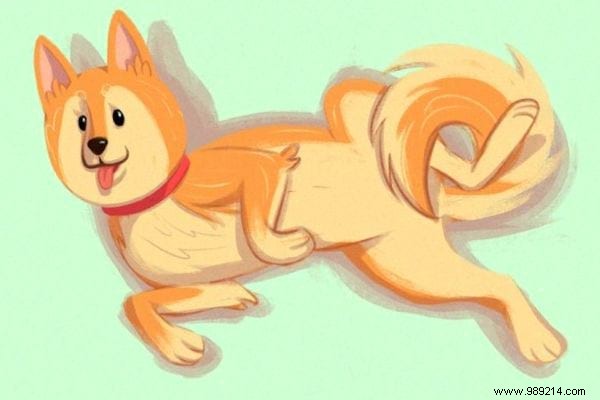
Does your dog show you his belly? It's a vulnerable part of his body.
It means that he trusts you and that he likes to make you happy!
If you scratch his belly when he is in this position, you show him that you are happy with him.
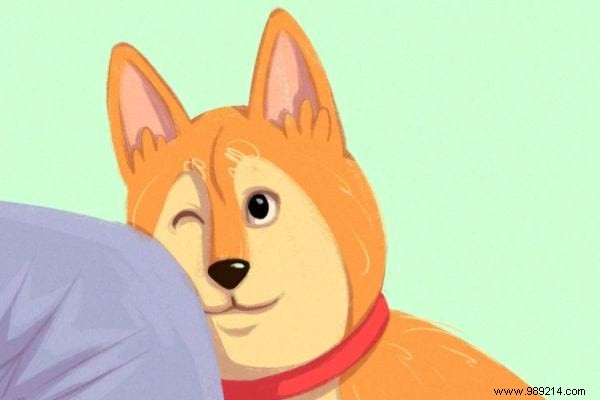
So, there, the sign is as big as a truck!
Your 4-legged friend does everything to get your attention .
He also touches your hand with his nose?
It means that he would like you to give him a kiss.
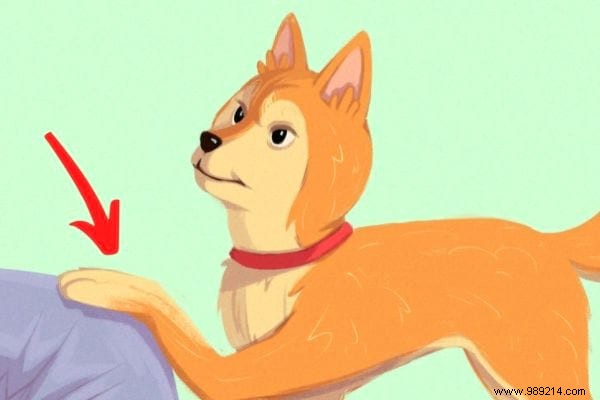
Your pooch has put his paw on your knee looking at you with a smug look?
Be careful, this means that he tries to dominate you .
In this case, you have to show him that you are the boss.
Trainers recommend looking him straight in the eye and removing his paw.
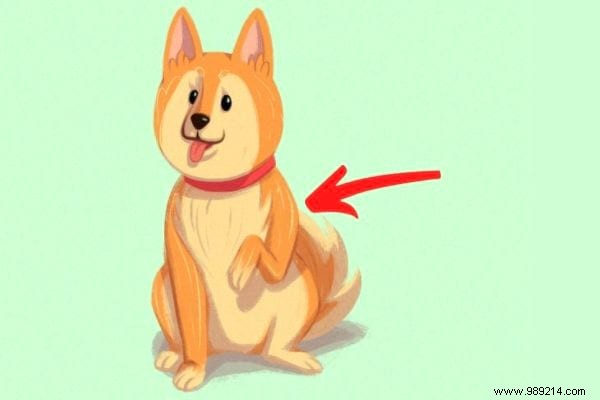
When a dog puts himself in this position, it means that he needs something .
Maybe he's hungry or wants to play?
For hunting dogs, that means they've seen something potentially interesting.

No, your dog is not snubbing you!
He exposes a vulnerable part of his body to you.
If he sits with his back to you, it means he trusts you .
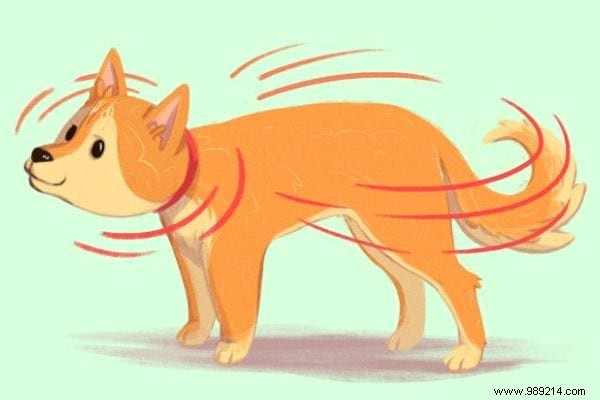
Our 4-legged friends shake after sleeping and when they are wet.
The rest of the time, they do it because they are stressed, to release the tension .
Do you know any other easy tips for understanding dog language? Share them with us in the comments. We can't wait to read you!